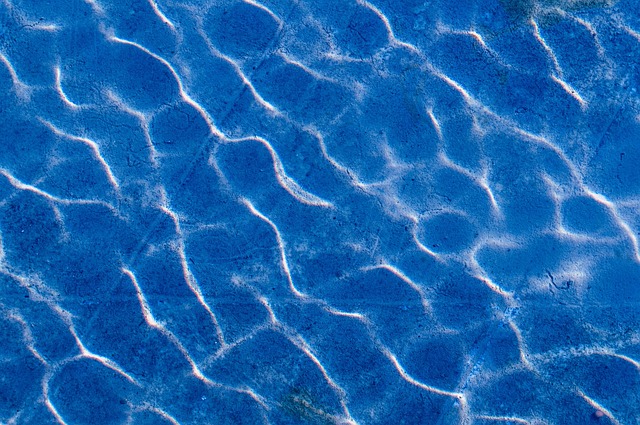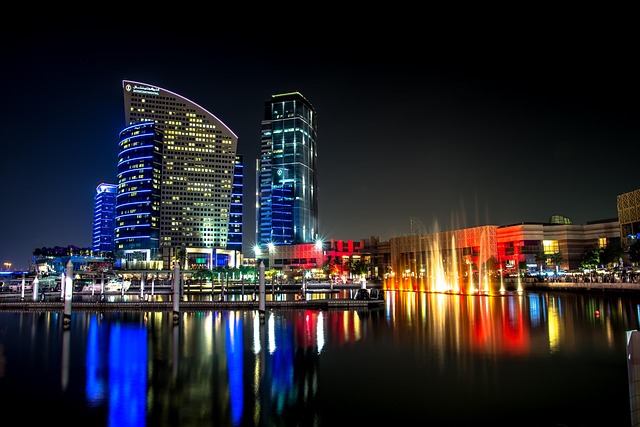Flood damage restoration near New Braunfels requires strategic mitigation to prevent mold growth after flooding events. Quick action within 24 hours is crucial, using specialized techniques like drying equipment and anti-microbial treatments. Homeowners should prioritize regular inspections, prompt moisture issue resolution, improved ventilation, and effective drainage to avoid mildew growth and protect against structural damage.
In the event of a flood, proper water mitigation and mildew prevention become paramount for any homeowner in New Braunfels. Flood damage restoration near New Braunfels is not just about removing water; it’s about mitigating risks associated with mold growth that can cause significant health issues and property damage. This article delves into understanding water mitigation, exploring common causes of mildew after floods, and providing effective prevention strategies to safeguard your home from these insidious intruders.
- Understanding Water Mitigation in New Braunfels
- Common Causes of Mildew After Floods
- Effective Prevention Strategies for Homeowners
Understanding Water Mitigation in New Braunfels

Water mitigation goes beyond mere cleanup after a flood; it’s a strategic process designed to prevent and minimize mold growth in affected areas, especially in a city like New Braunfels prone to flooding events. Prompt action is crucial for effective water mitigation. Residents and businesses should remember that professional help is readily available through flood damage restoration near New Braunfels.
These programs employ specialized techniques such as drying equipment, dehumidification, and anti-microbial treatments to remove moisture from structures and prevent the growth of mildew and mold. Early intervention is key, as mold can start forming within 24 hours of water intrusion, leading to health risks and structural damage if left untreated.
Common Causes of Mildew After Floods

After floods, there’s a heightened risk of mildew growth due to the combination of excess moisture and reduced ventilation. Common causes include saturated carpets, padding, and wall coverings, as well as damaged or leaking roofs. These areas provide ideal environments for mould spores to proliferate, leading to health issues and structural damage if left unchecked. In light of this, prompt action is crucial after flood damage restoration near New Braunfels; it’s essential to not only remove standing water but also implement effective drying techniques and address any sources of ongoing moisture to prevent mildew from taking hold.
Effective Prevention Strategies for Homeowners

Homeowners in New Braunfels, especially those in areas prone to flooding, should implement robust water mitigation and mildew prevention strategies. Regular inspection is key; checking for moisture intrusion, leaks, or elevated humidity levels can help identify potential problems early on. Addressing these issues promptly is crucial to preventing mildew growth.
Effective prevention includes improving ventilation by opening windows and using fans to reduce indoor humidity. Dehumidifiers can also be employed to maintain optimal air quality. Additionally, ensuring proper drainage around the home, cleaning gutters regularly, and sealing entry points like doors and windows will create a protective barrier against excess moisture, thus mitigating the risk of flood damage restoration near New Braunfels.
In light of the devastating effects of floods, especially in the context of New Braunfels, implementing proactive water mitigation and mildew prevention programs is paramount. By understanding common causes of mildew after floods and adopting effective strategies, homeowners can safeguard their properties from potential damage. Remember that prompt action and professional flood damage restoration near New Braunfels are key to minimizing mold-related issues and ensuring a healthier living environment.
